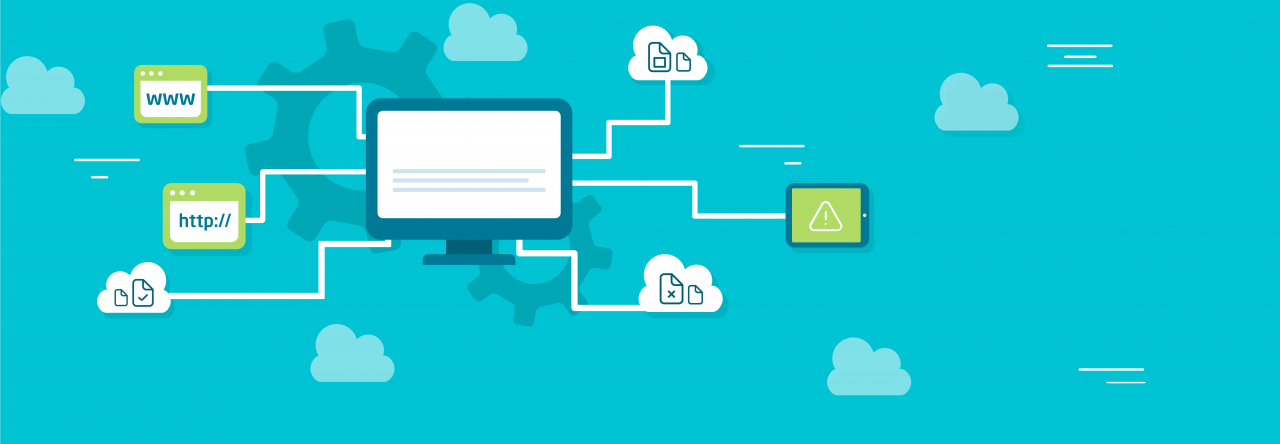
In today’s digital world, the internet serves not only as a means of communication and information exchange but also as a vital tool for businesses. However, with the growth of internet capabilities, the risk of falling victim to cybercriminals is also on the rise. One such type of attack is DDoS (Distributed Denial of Service), which can lead to the unavailability of your website or online service. Nevertheless, with a deeper understanding of protective measures, you can easily mitigate the danger. Let’s discuss these steps in our article today.
What Is a DDoS Attack?
A DDoS attack involves overwhelming a target server or network with a large number of requests, leading to overload and inaccessibility for regular users. Attacks of this type can pose a significant challenge even for experienced web administrators, but some simple measures can help reduce the risk and mitigate the consequences.
Key Protection Steps
1. Monitor Traffic
The first step in defending against a DDoS attack is to monitor the traffic on your server or network. To do this, install monitoring tools that can help you recognize suspicious traffic and unusual system behavior promptly.
2. Use Protective Services
There are specialized protective services that can detect and filter malicious traffic before it reaches your server. These services include Content Delivery Networks (CDNs), Web Application Firewalls (WAFs), and antivirus filters.
3. Access Control
Restricting access to your server or website can be an effective means of protection. You can set up a firewall and configure a list of allowed IP addresses that can access the resource.
4. Infrastructure Scaling
If your website or service has already been targeted by a DDoS attack, scaling your infrastructure can help distribute traffic and minimize negative consequences. Utilize CDNs and other methods to distribute the load among different servers.
5. Regular Updates
Ensure that your infrastructure and software are regularly updated. Vulnerabilities can be exploited for DDoS attacks, so regular updates and patches are crucial.
6. Incident Response Plan
Develop an incident response plan that includes actions to be taken in the event of a DDoS attack. This will help you respond effectively to such situations and minimize potential losses.
In conclusion, DDoS attacks can have significant harmful consequences for your website or online service, but protection against them is not an impossible task. With the right measures and strategies, even beginners can secure their infrastructure and keep it accessible to legitimate users. Remember the importance of continuously improving your skills and knowledge in the field of cybersecurity to stay one step ahead of potential threats.

Leave a Reply